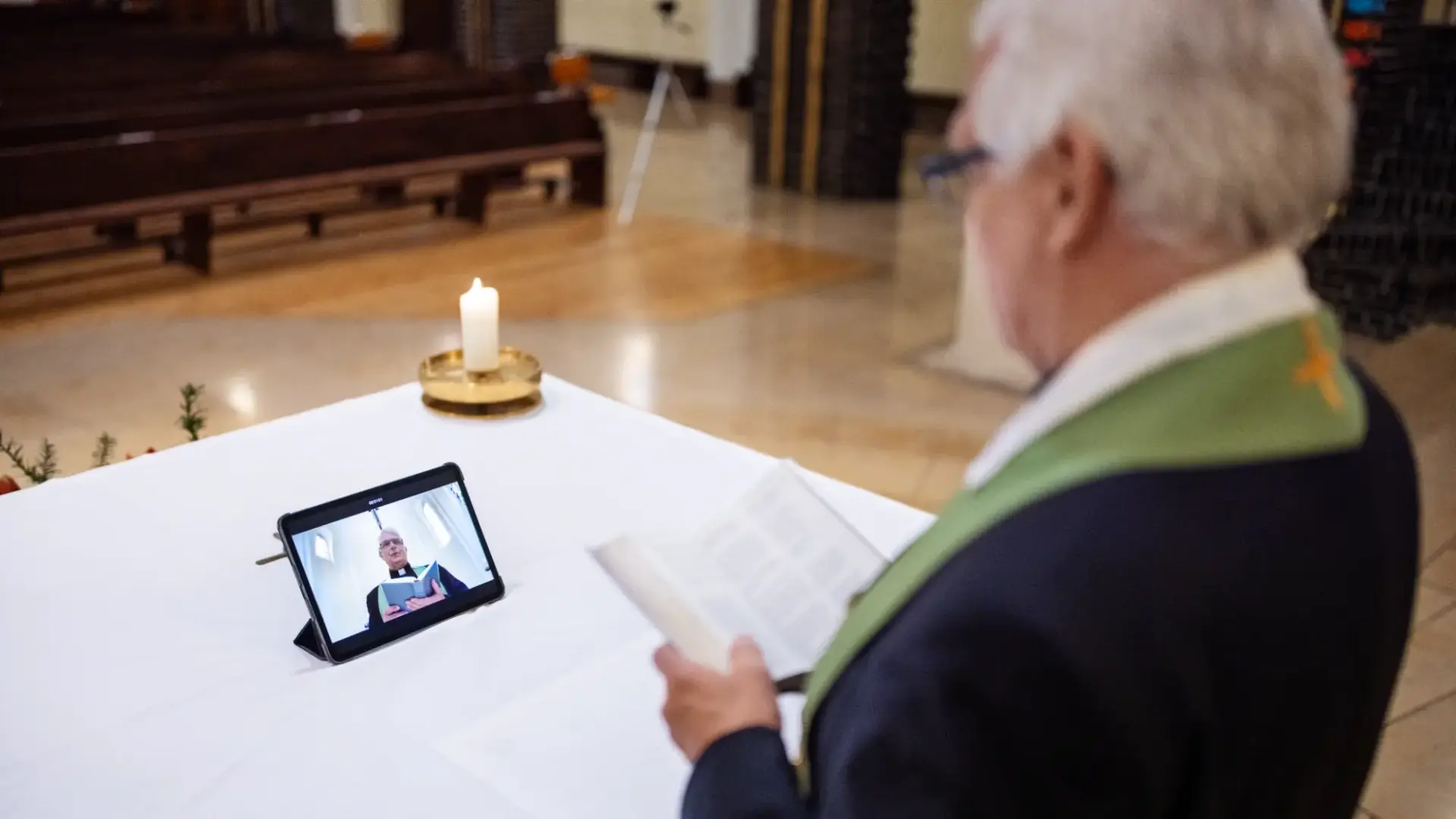
In today's digital age, how we remember and honor lost loved ones is evolving rapidly. Largely spurred by the COVID-19 pandemic in 2020, traditional memorial practices – like physical photo albums and traveling hundreds of miles for funeral services – are being transformed by technology, offering innovative ways to preserve memories and share them with a broader audience. Digital remembrance platforms, online memorials, and virtual tribute tools are revolutionizing how we celebrate the lives of those we've lost.
As you read on, you’ll discover just a few of the ways technology is changing memorial practices, making it easier than ever to create lasting, meaningful tributes to the people who have left the biggest imprint on your life.
Digital remembrance platforms are at the forefront of the memorial industry’s transformation, providing a centralized, accessible space for families and friends to gather, share memories, and honor their deceased loved ones. Websites like Kwillt allow users to create online memorial timelines where they can upload photos, videos, and written tributes. Kwillt, in particular, allows you to celebrate your friend or relative’s entire life with photos and memories from childhood to grandparenthood.
Because it’s so easy to invite others to contribute their own memories online – no matter where they live – creating a rich tapestry of stories and images that keep your loved one’s memory alive is easier than ever. And, thanks to virtual tribute tools, you might even discover stories and photos you didn’t know existed
As we alluded to in the prior section, one of the most significant advantages of digital memorials is their interactivity. Unlike traditional memorials, which are often static and limited to physical spaces (like a photo album sitting on a shelf), digital memorials can be accessed and updated from anywhere in the world. This means that family members and friends, no matter where they are, can participate in remembering their loved ones.
Interactive features such as guest books, comment sections, and social media integration allow for ongoing engagement, ensuring that the memory of the deceased continues to grow and evolve over time.

Tribute videos have long been a popular way to celebrate the lives of lost loved ones; funeral homes have played slideshows featuring favorite photos and videos for decades. Now, though, technology has taken this practice to new heights. Modern video editing tools and apps make it easier than ever to create professional-quality tribute videos. These videos can be shared online, played at memorial services, or kept as cherished keepsakes for close friends and relatives to enjoy. Adding music, voiceovers, and special effects can help showcase the personality of the departed, creating a powerful and emotional tribute.
If you choose to memorialize your loved one with a tree planted in a local park, a scholarship fund, or another public display, you could even play your memorial video at the dedication ceremony. This is an excellent way to allow people who didn’t know your loved one to “get to know them,” in a sense, even after they are gone.
As digital technology has become more commonplace in the funeral industry, even memorial services can be conducted online. Virtual memorial services allow people from different locations, or those with immunocompromised health, to come together and pay their respects, providing a sense of community and support during difficult times.
Platforms like Zoom and other video conferencing tools make it easy to host live-streamed services, where attendees can share memories, offer condolences, and participate in the online funeral service from the comfort of their homes.
Digital legacies are another crucial aspect of modern memorial practices. As more of our lives are lived online, safely preserving digital assets such as social media profiles, emails, and digital photos has become an important part of honoring loved ones.
Kwillt, specifically, makes digital legacy management a breeze. As a surviving loved one, you must ensure that digital memories are preserved and passed down to future generations, providing a lasting record of the deceased’s online presence.
Technology is undeniably changing the way we remember and honor lost loved ones. Digital remembrance platforms, interactive memorials, virtual tribute videos, and online memorial services are just a few of the innovative tools available today.
These advancements make it easier than ever to create lasting, meaningful tributes that can be shared by family and friends around the world. As technology continues to become an increasingly integral part of daily life, the ways in which every culture celebrates and remembers those who have passed on will only become more diverse and accessible.
Feature Image: Luis Alvarez/Getty Images


